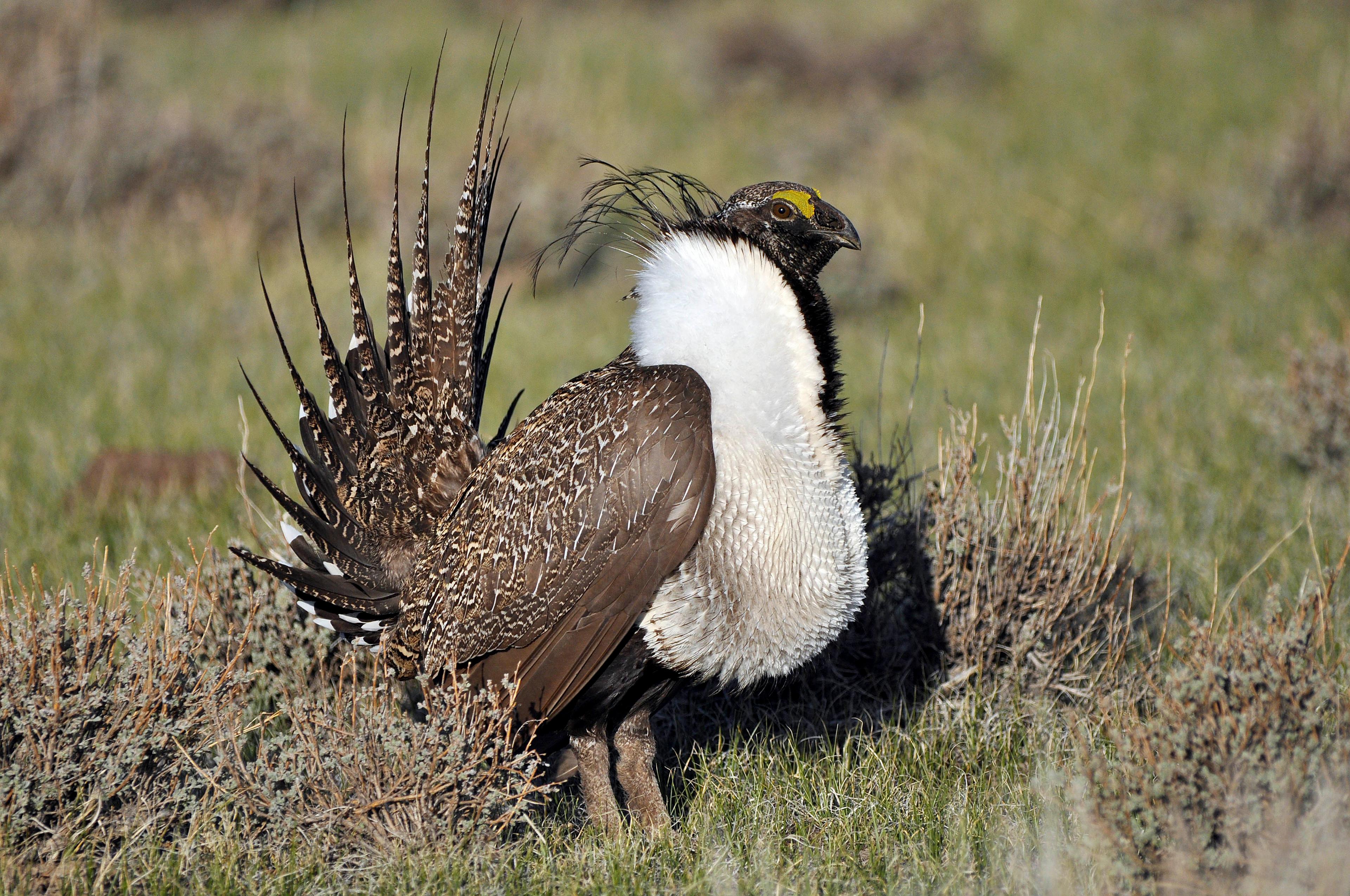
Since 2017, 2.4 million acres in the Western U.S. — including in Colorado — have been leased by the Trump administration, which has issued thousands of oil and gas drilling permits on those lands.
Conservationist groups say that the large number of leases puts the sage grouse and other species at risk.
The National Audubon Society released a report Monday detailing the threats posed by the new leases and permits and found that the Trump administration has leased and approved permits in sage grouse habitat far more than in the previous administration. Ten-times as many acres of land in priority sage grouse habitat has been leased under Trump.
“It doesn't take a biologist or a lawyer to figure out that the safest and best path to protect greater sage grouse is to just lease lands where there aren't any birds,” said Tracy Stone-Manning, vice president of public lands for the National Wildlife Federation in a conference call with the media. “But this administration is just flat out not taking that common-sense approach.”
The greater sage grouse is a chicken-sized bird that relies on sagebrush. It once roamed the entire West, but development, livestock grazing and wildfires reduced the bird’s population to fewer than 500,000. Sagebrush steppe, the bird’s habitat, is mostly on land overseen by the Bureau of Land Management. Including Colorado, the birds are found in 11 states from the Dakotas to California.
In March, BLM Acting Director Brian Steed told The Associated Press the land use plan to allow more drilling addressed concerns aired by state officials that previous policies governing millions of acres of federal land were too restrictive.
Those policies were largely enacted under former President Barack Obama. They were memorialized in a 2015 partnership between Western states and the federal government.
Steed said the broad revisions to the Obama-era plans were meant to move beyond what he called a "one-size-fits-all" approach under the old rules. He said the changes give more flexibility to land managers and states concerned about balancing economic development with protections for the bird.
Shortly after the National Audubon Society report was released, the Colorado Department of Natural Resources released a formal protest letter to the Bureau of Land Management. The state argued that the BLM Uncompahgre Plan could impact big game habitat, wildlife corridors and the Gunnison sage grouse.
In April 2018, Earthjustice filed a lawsuit on behalf of the Montana Wildlife Federation, the Wilderness Society, the National Wildlife Federation and National Audubon Society alleging that the federal government had violated the Federal Land Policy and Management Act and the National Environmental Policy Act.
The lawsuit claims that these laws were broken by the federal government disregarding the 2015 greater sage grouse conservation plans by offering oil and gas leases on public land containing the bird’s habitat in Montana, Nevada and Wyoming.
“We now have an analysis that shows us what this irresponsible shift in priorities and cavalier violation of the 2015 plan looks like on the ground across the West,” said Nada Culver, vice president of public lands and senior policy counsel at The National Audubon Society in a conference call. “What the report shows is a colossal increase in the level of both leasing and permitting in sage grouse habitat.”








